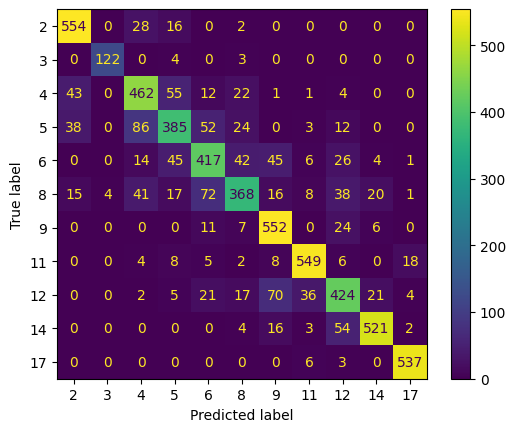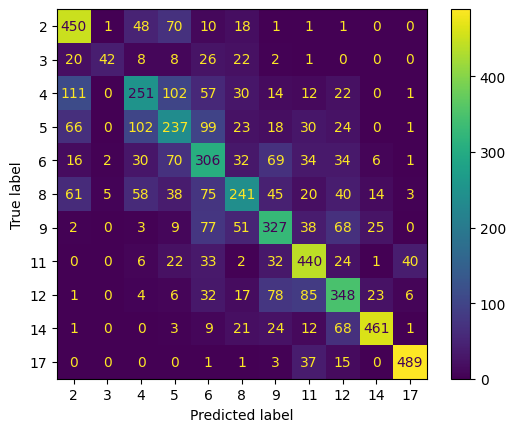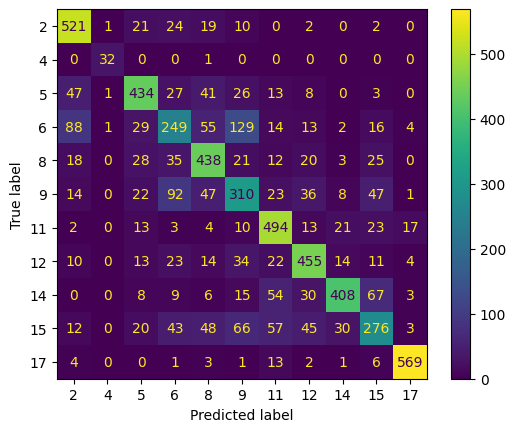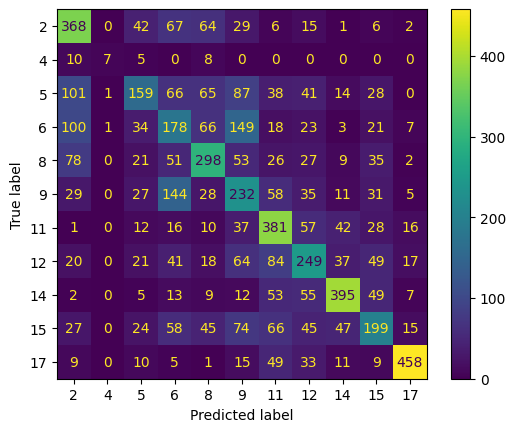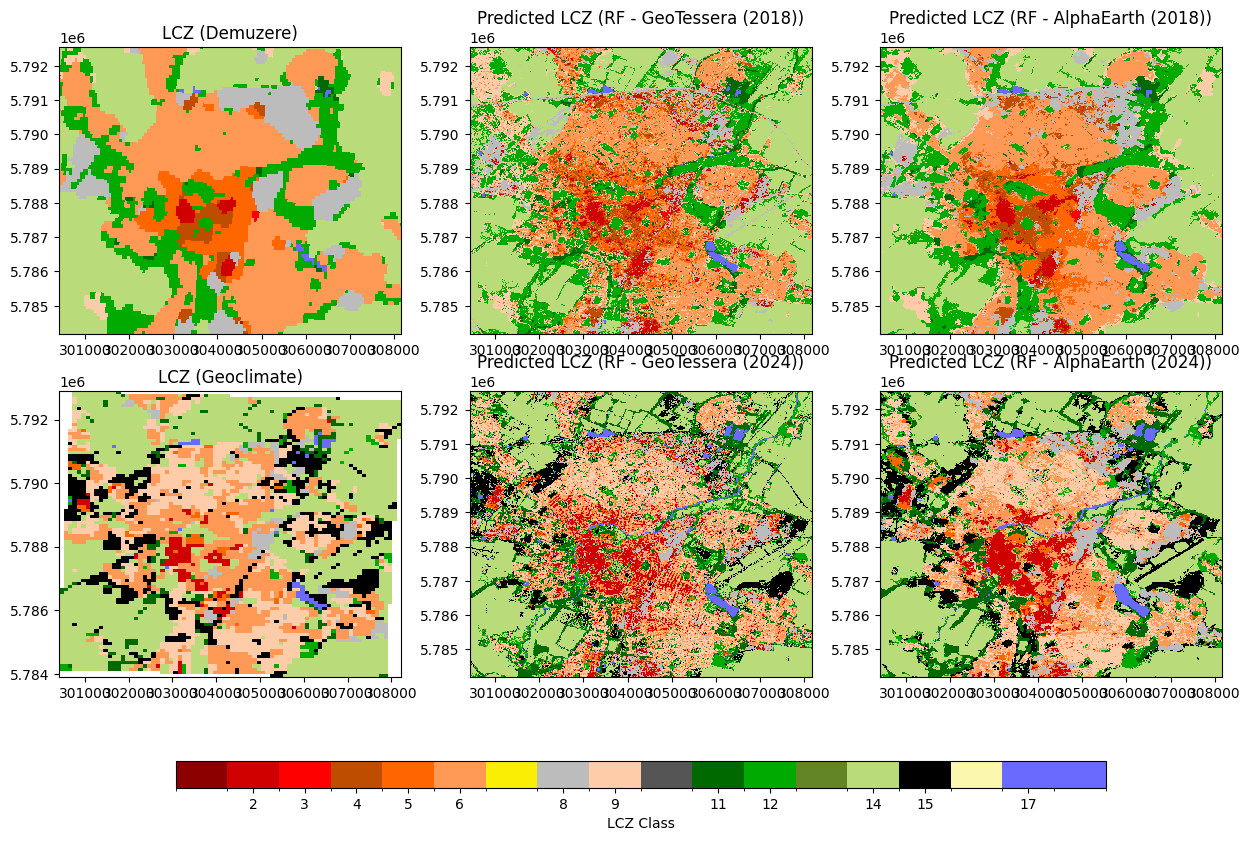'A049' 'A034' ... 'A097' 'A103'
array(['A049', 'A034', 'A043', 'A071', 'A006', 'A101', 'A095', 'A120', 'A050',
'A068', 'A112', 'A027', 'A015', 'A086', 'A062', 'A118', 'A115', 'A012',
'A018', 'A065', 'A081', 'A127', 'A020', 'A076', 'A057', 'A001', 'A098',
'A092', 'A106', 'A033', 'A044', 'A039', 'A040', 'A102', 'A037', 'A078',
'A096', 'A072', 'A005', 'A024', 'A108', 'A059', 'A123', 'A053', 'A016',
'A061', 'A085', 'A111', 'A088', 'A082', 'A066', 'A011', 'A116', 'A008',
'A054', 'A029', 'A124', 'A091', 'A105', 'A075', 'A002', 'A023', 'A030',
'A047', 'A093', 'A099', 'A107', 'A045', 'A077', 'A032', 'A080', 'A038',
'A013', 'A064', 'A114', 'A056', 'A026', 'A126', 'A051', 'A019', 'A063',
'A014', 'A069', 'A021', 'A121', 'A119', 'A113', 'A042', 'A094', 'A048',
'A074', 'A087', 'A007', 'A070', 'A035', 'A009', 'A003', 'A104', 'A090',
'A046', 'A031', 'A100', 'A083', 'A117', 'A089', 'A067', 'A055', 'A125',
'A022', 'A010', 'A028', 'A122', 'A110', 'A128', 'A058', 'A052', 'A017',
'A084', 'A025', 'A060', 'A036', 'A041', 'A004', 'A109', 'A079', 'A073',
'A097', 'A103'], dtype=object)